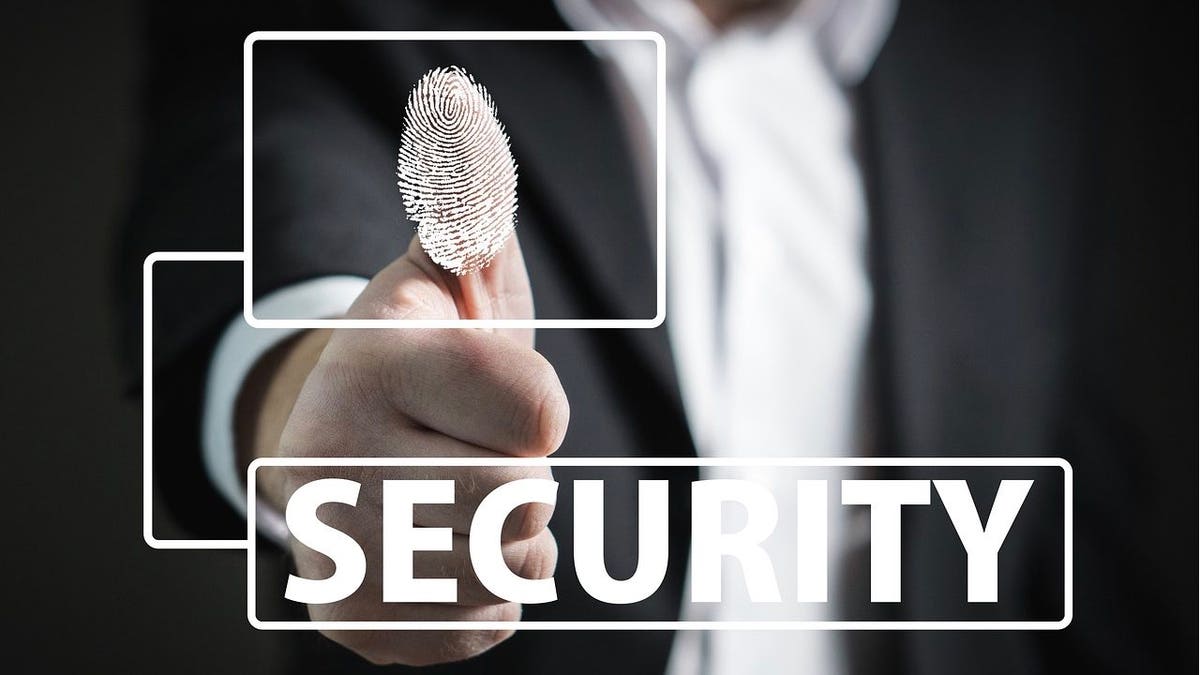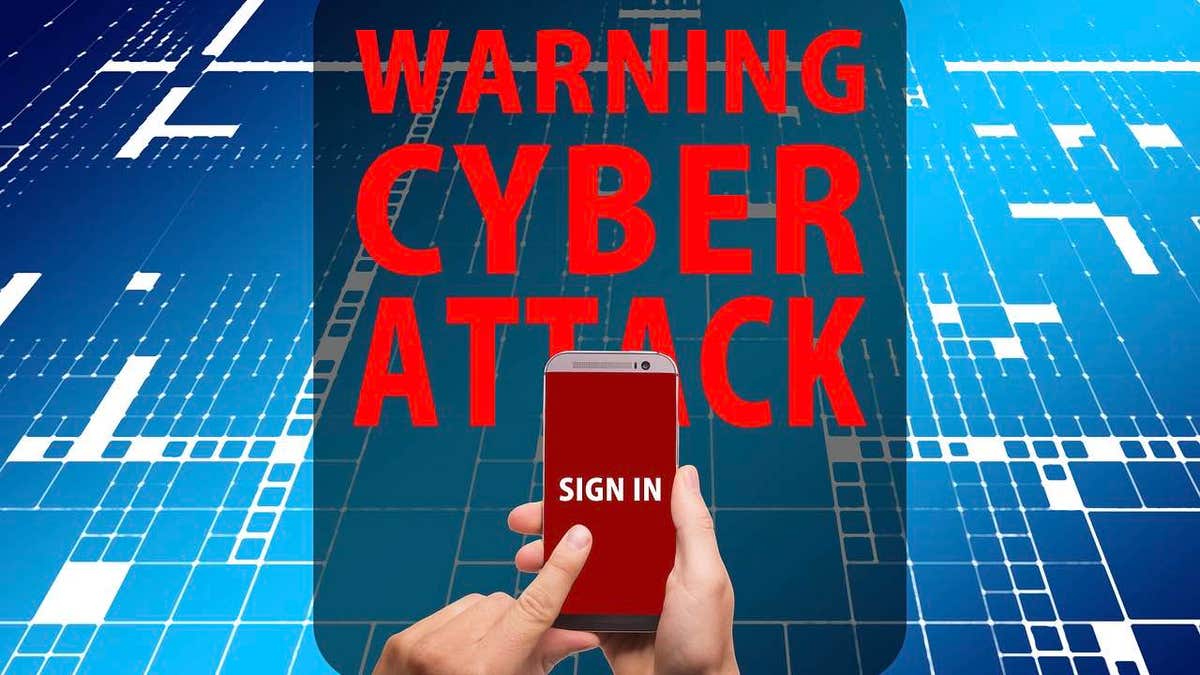In the digital age, where our lives are intertwined with technology, scammers and hackers lurk in the shadows, always on the prowl for a chance to breach our defenses. They craft their schemes with a facade of legitimacy and an air of urgency, preying on the unsuspecting. It’s a game of wits where staying one step ahead is the key to safety.
Let’s take a look at a real-life scenario that underscores the importance of vigilance:
“Two days ago I received an email (from a local store) thanking me for shopping with them. I unfortunately opened the email and it was an invoice for antivirus software that cost $399.98. I immediately called the number provided but used my landline. I only use my iPhone; don’t own a computer of any kind. Two calls didn’t get me anywhere except to worry. I called my credit card company and with [advised canceling] my credit card. No such charge was in their cue. How [did a hacker] obtain my email and what should I have [done?] I am interested in protecting my IPhone. Please respond with advice.” — Judith, Signal Mountain, Tennessee
CLICK TO GET KURT’S FREE CYBERGUY NEWSLETTER WITH SECURITY ALERTS, QUICK VIDEO TIPS, TECH REVIEWS AND EASY HOW-TO’S TO MAKE YOU SMARTER
Judith, we’re sorry you had to go through that scary experience of opening what seemed like a legitimate email. Sadly, you are not the only one to suffer from this type of activity called phishing.
Hackers and scammers alike masquerade as legitimate companies or people with an urgent proposition to get you to open compromising documents or links that can endanger your security. Our digital data is readily available online, which is likely how your email address was obtained. Additionally, it’s possible that the hacker obtained your email address through a phishing attack, data breach or email harvesting. While we are glad that there were no charges on your credit card accounts, below are some steps you can take to secure your iPhone. (Android users, follow these tips.)

Man using his thumb for biometric authentication (Kurt “CyberGuy” Knutsson)
7 steps to outsmart digital intruders
1. Make sure your iPhone is secure with a passcode and biometric authentication (Face or Touch ID) enabled: Because your biometric information is unique to you, it adds a second layer of security before someone can access your phone.
2. Change your Apple ID & email account password: Your Apple ID is important for protecting your information and accessing your iPhone. Opening a phishing email may have compromised your email account. Change your email and Apple ID to unique, complex alphanumeric passwords.
GET FOX BUSINESS ON THE GO BY CLICKING HERE
3. Enable two-factor authentication for any account impacted by the phishing scam: This would include both your Apple ID and your email address. If you have this additional layer of security activated, the hacker or scammer would have to send a code to your other device or account to gain access, even with your password. When you step up the two-factor authentication, choose a device that isn’t your iPhone, if possible, so if your phone becomes compromised, you can still gain access.

Illustration of emails on smartphone (Kurt “CyberGuy” Knutsson)
MORE: HOW A FLAW IN IPHONE’S SECURITY COULD LEAVE YOU LOCKED OUT
4. Check your email settings: See if there are rules set up to forward emails. If there are any rules set up, delete any you didn’t set up so that your messages aren’t forwarded to someone else’s address.
5. Get SIM-swapping protection added to your phone: SIM-swapping fraud is when someone gains control of your cellphone number by moving it to a new SIM card. If you want to add SIM-swapping protection to your phone, you can contact your provider to see if this feature can be added.

Cyberattack warning with sign-in on iPhone (Kurt “CyberGuy” Knutsson)
FINNISH HACKER SENTENCED FOR BLACKMAILING THERAPY PATIENTS AFTER ACCESSING THOUSANDS OF RECORDS
6. Use antivirus software: The best way to protect yourself from clicking malicious links that install malware that may get access to your private information is to have antivirus protection installed on all your devices. Get my picks for the best 2024 antivirus protection winners for your Windows, Mac, Android & iOS devices.
7. Get identity theft protection: While getting an identity theft service seems like overkill, many identity theft protection services actually provide dark web monitoring services. They continually monitor the dark web to see if any crucial pieces of personal information like your email addresses or social security number end up compromised or up for sale on the dark web. Getting those alerts immediately gives you the opportunity to act faster and take the other steps listed above. If you already gave out your information to a potential scammer, you should follow these steps to see if your identity has been stolen.
One of the best parts of using identity theft protection is that they might include identity theft insurance of up to $1 million to cover losses and legal fees and a white-glove fraud resolution team where a U.S.-based case manager helps you recover any losses. See my tips and best picks on how to protect yourself from identity theft.
MORE: UNFORGETTABLE MOTHER’S DAY GIFTS 2024
Kurt’s key takeaways
Despite our best efforts and intentions, we all will or have fallen for a phishing scam at one point or another. Instead of letting the fear of the inevitable terrorize your digital life, take the precautionary steps listed above to stay one step ahead of the scammers even if you slip up.
CLICK HERE TO GET THE FOX NEWS APP
In what ways do you think technology companies can further enhance user security against cyberthreats? Let us know by writing us at Cyberguy.com/Contact.
For more of my tech tips & security alerts, subscribe to my free CyberGuy Report Newsletter by heading to Cyberguy.com/Newsletter.
Ask Kurt a question or let us know what stories you’d like us to cover.
Answers to the most asked CyberGuy questions:
Copyright 2024 CyberGuy.com. All rights reserved.

